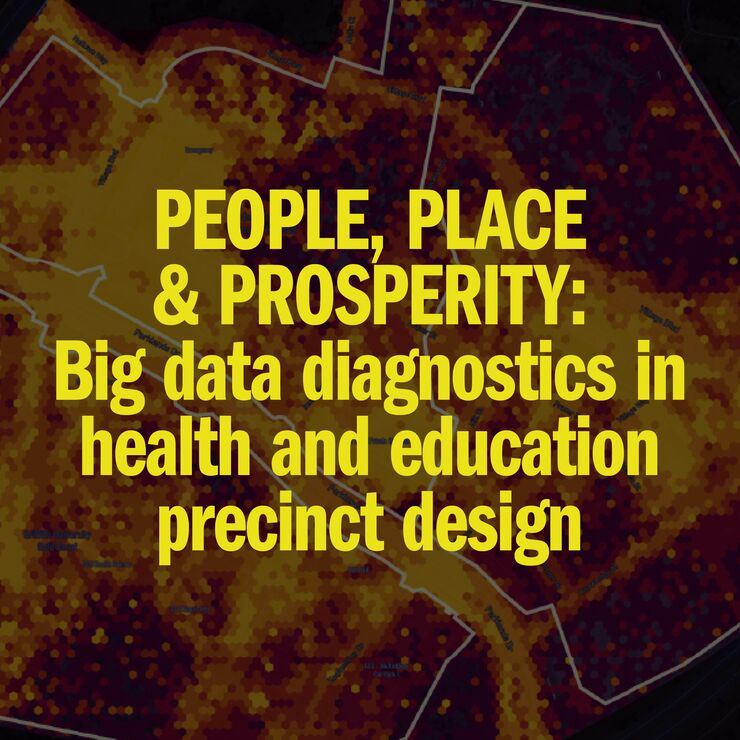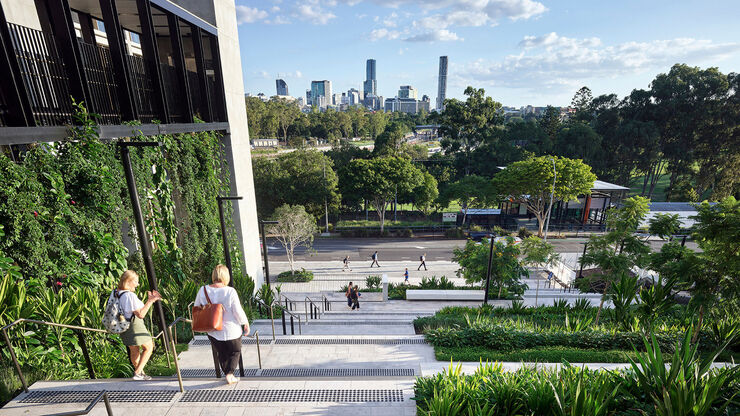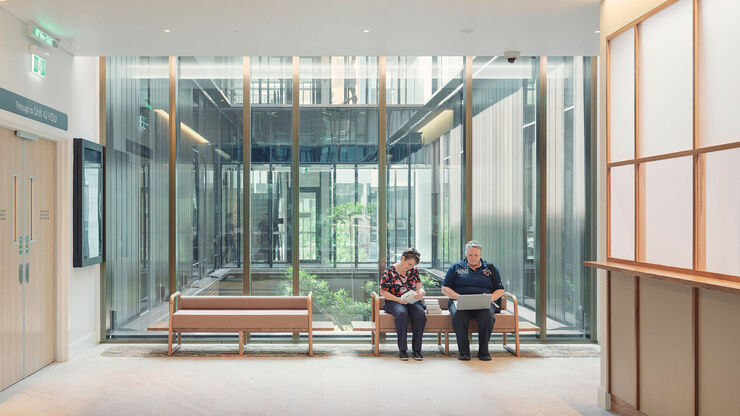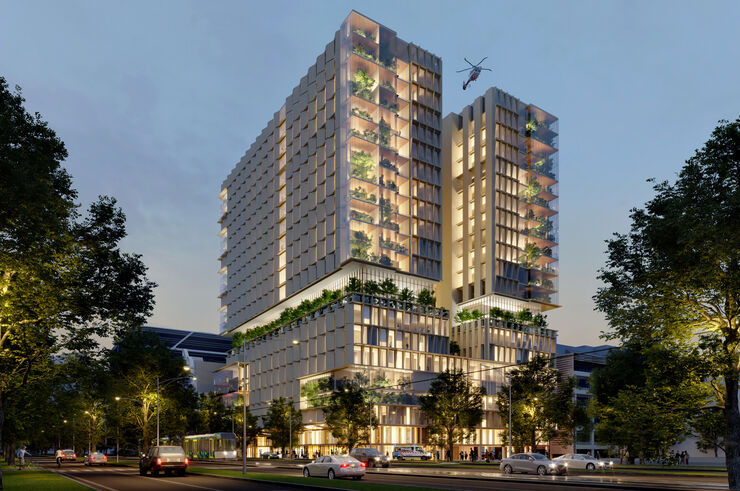Anatomy of change: Rethinking healthcare learning environments
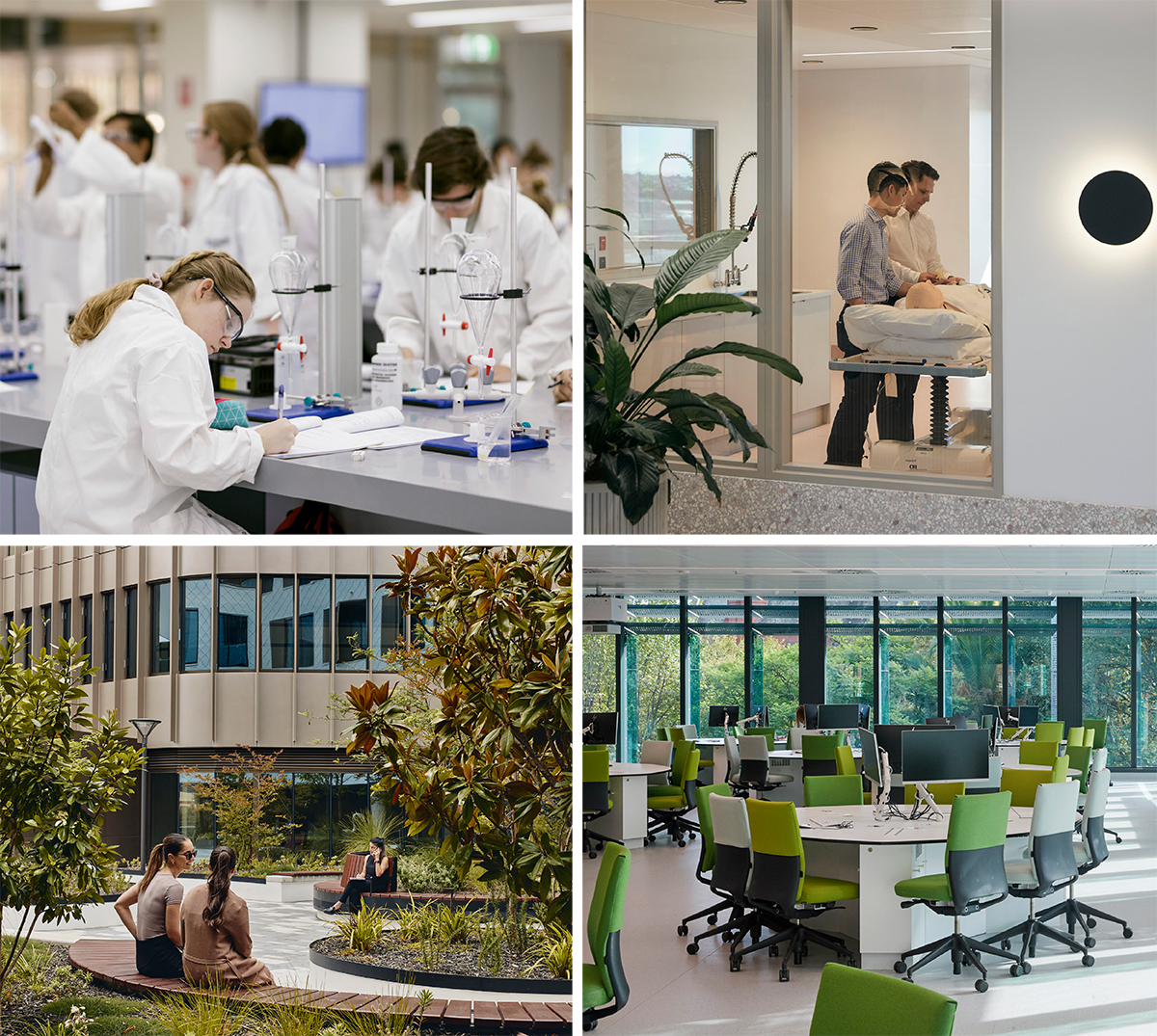
How can design help reimagine the future of healthcare education? Our latest research initiative highlights the urgent need for a new approach and provides a clear roadmap for designing optimal learning environments. Download the report.
An ageing population and the growing burden of chronic disease are reshaping patient care in Australia. Our latest research initiative, Anatomy of change: Rethinking healthcare learning environments, outlines how today’s healthcare professionals need more than clinical expertise — they must be equipped to deliver preventative, team-based, and community-oriented care. This demands a fundamental shift in how we educate and train the workforce.
“We’ve got seven lecture theatres… and we don’t do lectures anymore. What are we going to do with these big spaces?” — Dean of Health
Healthcare education must now respond to four interconnected challenges:
- Scale: to meet rising workforce demand
- Capacity: to ensure access to skilled educators and quality infrastructure
- Technology: to integrate rapidly evolving tools and systems
- Scope: to address emerging skills and diverse care settings
Our research offers strategic insights into how learning environments can support this transformation — enhancing outcomes for students, professionals, patients and communities alike.
The report outlines the following key strategies:
- Adapting to modern teaching practices and evolving models of learning
- Encouraging co-location and partnerships between education and healthcare providers
- Creating responsive, future-focused learning spaces through design
- Aligning investment in education infrastructure with long-term sector needs
By rethinking how and where we educate healthcare professionals, Australia has a unique opportunity to lead in shaping a more resilient, adaptable, and future-ready workforce. Strategic investment in integrated, purpose-built learning environments — driven by innovative design — will be critical to building a healthcare system that can meet the complex needs of tomorrow.
Images (L-R): The Science Place at James Cook University by Andrew Rankin (1 and 2), Herston Quarter by David Chatfield, The University of Melbourne’s Life Sciences building by Earl Carter

扫描二维码关注Hassell微信公众号
